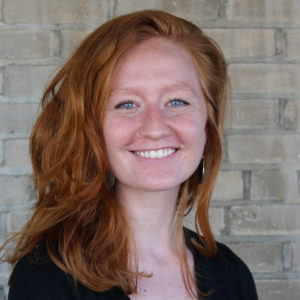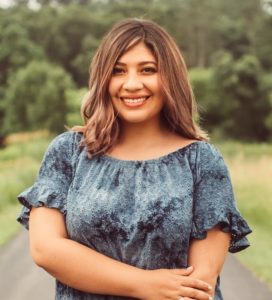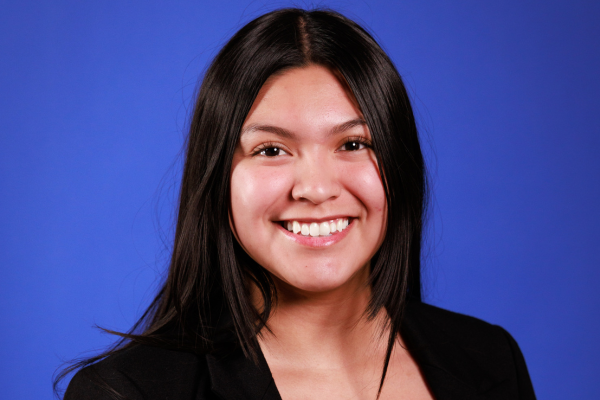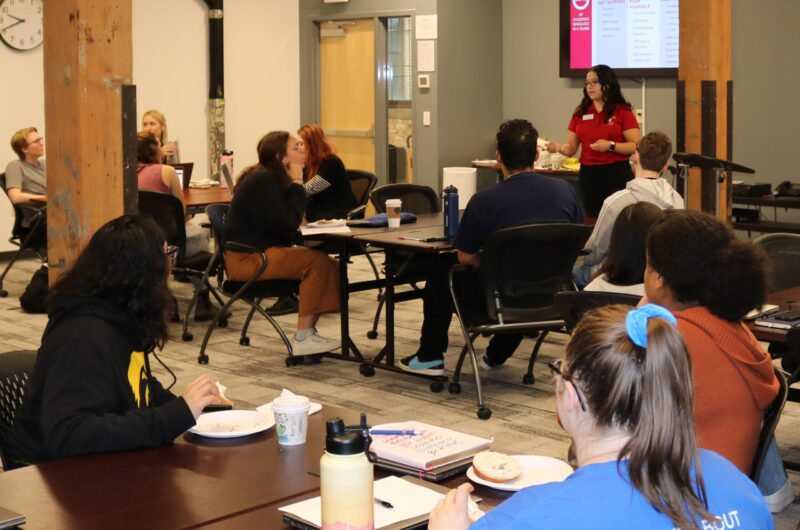College Possible starts strong during students’ junior year of high school. But what does the junior year of high school look like for College Possible students and how has it been impacted by the pandemic?
College Possible Minnesota supports students from low-income backgrounds on their path to college graduation through our Flagship and Navigate coaching models. The Flagship model serves Twin Cities metro area students through in-person co-curricular coaching (which transitioned to virtual in spring 2020 in response to the COVID-19 pandemic). The Navigate model has partnered with schools across Minnesota since 2015 to provide virtual college access coaching.

Fall of junior year is recruitment season. Both the Flagship and Navigate models work with school staff and teachers to identify students who would benefit from College Possible programming. Lane Holden, senior program coordinator for Navigate, describes this partnership:
Our school partners have been instrumental in the recruitment process, as they know their schools best. Counselors often encourage interested students to apply to our program, and our coaches follow up with students to support with application completion.”
Despite a shift to all virtual recruitment, both programs were able to recruit hundreds of juniors for the incoming College Possible class!
This year, both Flagship and Navigate high school junior coaches have reached students through virtual coaching sessions over video, phone and text, as well as group sessions and monthly newsletters.
“Junior year is a really exciting year of exploration,” said Holden. “During the fall and early winter, coaches and students discuss the college landscape as a whole, what the college process entails and goals that students have for themselves.”
In January, conversations about the ACT and SAT begin. Students can access The Princeton Review online practice tool, where they take practice exams and make study plans to focus on specific sections of the test.
Moving into the spring, the focus shifts to college applications. Students research colleges and start building a list of their top five schools.
This is an important focus of junior year, as it builds a strong foundation for a student’s senior year,” said Holden.
A highlight of junior year is Metro Visit Days, which shifted to Virtual Visit Days this winter. In February, students had the opportunity to attend virtual college visits at five metro area universities. Four hundred and three students attended over the two days, and had the option to attend presentations by Augsburg University, The University of St. Thomas, Hamline University, St. Catherine University and the University of Minnesota – Twin Cities. Every year, this event introduces juniors to the College Possible community and network and allows students to connect across schools and cohorts.

When thinking ahead this spring and upcoming fall to the reintroduction of in-person learning for students across Minnesota, Senior High School Program Coordinator Jessie Ortiz reflects on College Possible Minnesota’s AmeriCorps coaches.
“Coaches have been doing an incredible job in adapting to sudden changes. With this year being unpredictable and now with schools going hybrid, coaches have adapted their working schedule to meet the needs of their students.”


